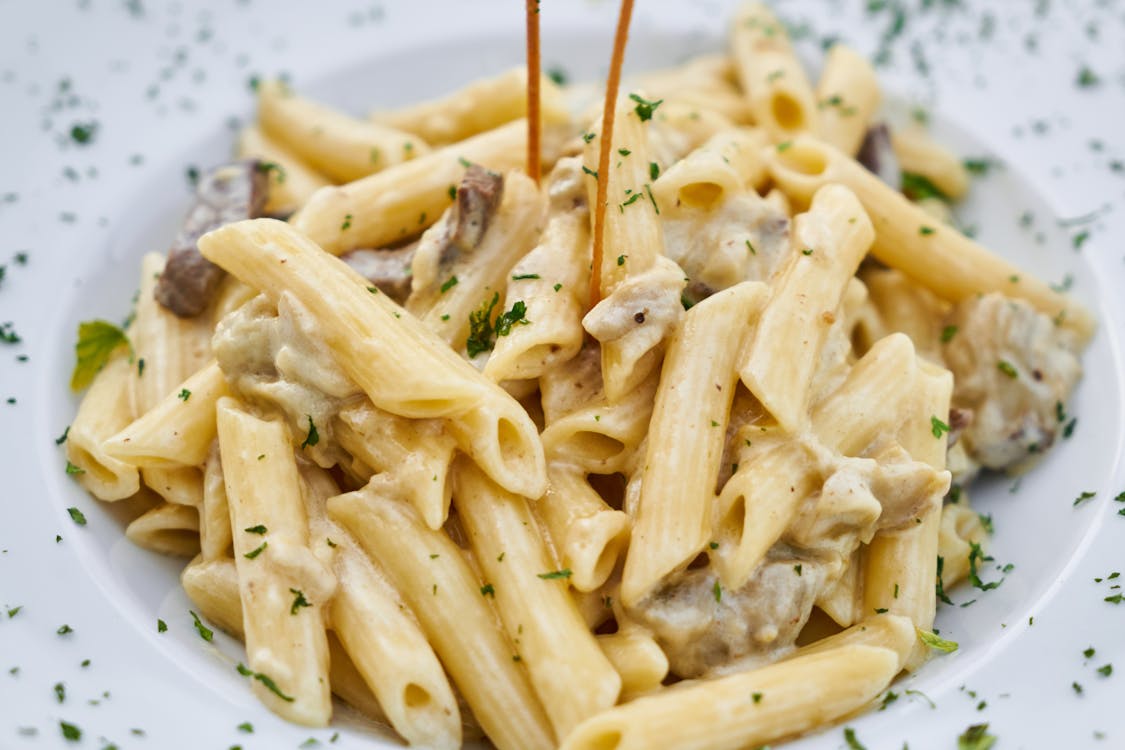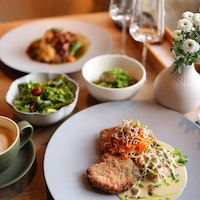Unraveling the Rich Tapestry of Filipino Food Supplies
Welcome to a tantalizing exploration of the flavors, aromas, and traditions that define Filipino cuisine through the lens of its essential component – Filipino food supplies. The Philippines, an archipelago of over 7,000 islands, boasts a diverse culinary heritage deeply rooted in its history and culture.

From succulent seafood to mouthwatering desserts, Filipino food embodies a harmonious blend of indigenous, Malay, Spanish, Chinese, and American influences. In this gastronomic adventure, we will delve into the rich assortment of Filipino food supplies and the essential role they play in creating delightful dishes cherished by millions.
1. Embracing Nature’s Bounty:
At the heart of Filipino cuisine lies its emphasis on fresh and locally sourced ingredients. The fertile lands and abundant waters of the Philippines yield a wide array of produce, seafood, and livestock that are integral to their culinary traditions.” Fresh Filipino vegetables,” “local seafood suppliers,” and “organic meat suppliers” form the backbone of every authentic Filipino meal. The lush tropical climate provides an ideal environment for cultivating ingredients like coconut, mango, and banana, adding a touch of sweetness to numerous dishes.
2. Rice: The Filipino Staple:
No discussion of Filipino food supplies is complete without highlighting the paramount role of rice in the Filipino diet. As the staple food, rice is consumed daily in various forms, such as steamed, fried, or wrapped in banana leaves (known as “suman”). The “Filipino rice suppliers” and “traditional rice varieties” are crucial to the enduring significance of this grain in Filipino culture. Rice brings people together, and sharing a meal of “sinigang” or “adobo” over a bed of fluffy rice is a cherished communal experience.

3. Exquisite Spices and Condiments:
Filipino food cuisine owes much of its distinctive flavors to an exquisite array of spices and condiments. The keywords “Filipino spice suppliers” and “artisanal condiments” underscore the rich variety of tastes and aromas that enhance Filipino dishes. From the chili peppers to the tanginess of calamansi, these seasonings elevate the simplest of ingredients into tantalizing delights. The famed Filipino “bagoong,” a fermented shrimp paste, reflects the nation’s love for bold and complex flavors.
4. Exploring Indigenous Ingredients:
In recent years, there has been a resurgence of interest in indigenous. Filipino food ingredients, thanks to a growing movement supporting local farmers and sustainable practices. The use of traditional crops like “camote” (sweet potato), “saba” (cooking banana), and “ube” (purple yam) has gained popularity, with “Filipino heirloom vegetables” and “native ingredient suppliers” becoming increasingly relevant. Embracing these native ingredients not only preserves culinary heritage but also fosters biodiversity and supports local communities.
5. Preserving Culinary Traditions of Filipino Food:
As modernization and globalization continue to shape the world, there is an ongoing effort to preserve the authenticity of Filipino cuisine.

“Traditional Filipino food suppliers” and “heritage recipes” represent a dedication to upholding time-honored cooking techniques. Ensuring that future generations can savor the same tastes that have delighted Filipino families for centuries.
Embarking on this culinary journey of Filipino food supplies by Yun Fong Wholesale has revealed the relationship and the captivating flavors that define Filipino cuisine. From the freshness of locally sourced ingredients to the intricacies of indigenous flavors, every element plays a role in preserving a vibrant and diverse gastronomic heritage. “Yun Fong Wholesale” serves as a gateway to unlocking the culinary treasures of the Philippines with every delightful bite. So, you savor the symphony of flavors that embody the true essence of Filipino food.
Want to shop? click here.


